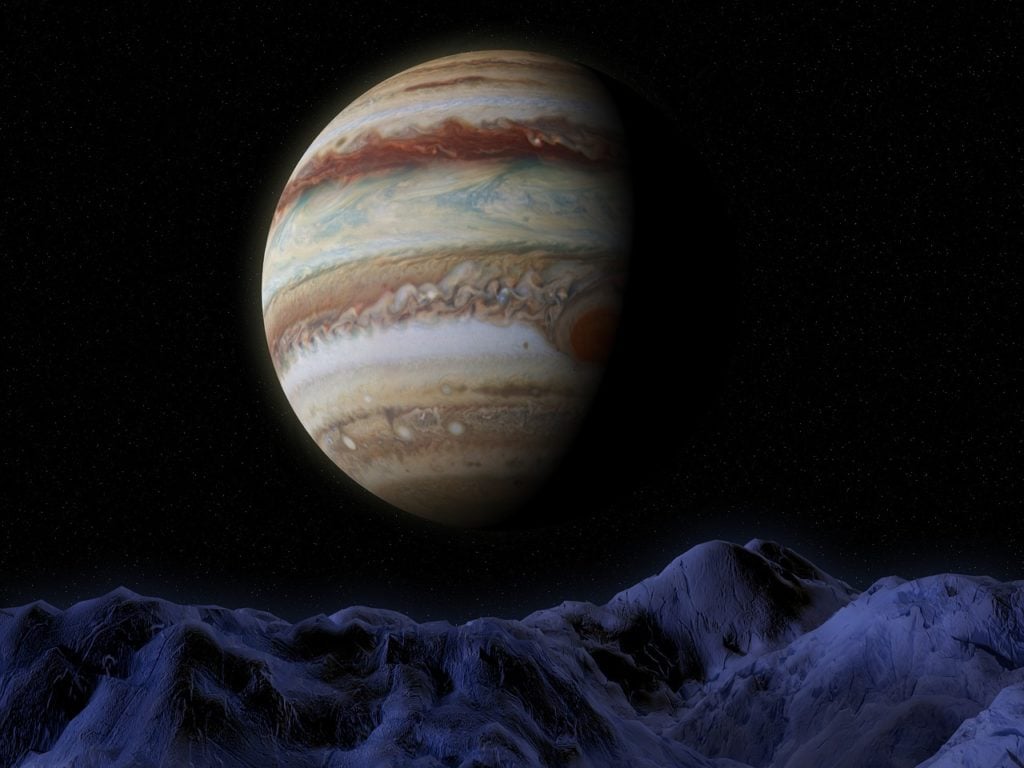NASA’s Juno mission vastly contributed to understanding of the largest planet in the solar system, Jupiter. However, recently the spacecraft has detected changes in the planet’s magnetic field over time. Scientists say these changes are the result of Jupiter’s hidden winds, which occur deep in its atmosphere.
This detection is important for NASA scientists to understand Jupiter’s interior structure and winds. The study published in the journal Nature Astronomy could also help scientists understand changes in Earth’s magnetic field.
“Secular variation has been on the wish list of planetary scientists for decades,” Juno principal investigator Scott Bolton of the Southwest Research Institute said in a statement. “This discovery could only take place due to Juno’s extremely accurate science instruments and the unique nature of Juno’s orbit, which carries it low over the planet as it travels from pole to pole.”
Studying the functions of a planet’s magnetic field requires equipment strong enough to take accurate measurements. Researchers working on the Juno spacecraft compared its data to data sets from previous missions to Jupiter, including Pioneer 10 and 11, Voyager 1, and Ulysses. Juno’s data helped create a new model of Jupiter’s magnetic field, called JRM09, based on the spacecraft’s eight flybys.
“Finding something as minute as these changes in something so immense as Jupiter’s magnetic field was a challenge,” Juno scientist Kimee Moore of Harvard University said. “Having a baseline of close-up observations over four decades long provided us with just enough data to confirm that Jupiter’s magnetic field does indeed change over time.”
When researchers discovered that secular variations occurred on Jupiter, they wanted to find out what’s causing them. They researched Jupiter’s hidden winds, the result of atmospheric or zonal winds that are strong enough to affect the function of its magnetic field. The winds are so fast and extend to over 1,860 miles deep, which is the point where Jupiter’s interior switches from gassy to conductive liquid material. Researchers believe these winds affect the magnetic fields by stretching them and carrying them around the planet.
However, Jupiter’s secular variation can’t be compared to the size of its Great Blue Spot, a patch of magnetic field that stretches across an area close to its equator. The strong, localized magnetic field and the strong, zonal winds at the latitude combine to cause the largest secular variation detected on the Jovian world. However, Jupiter’s hidden winds are indeed strong.
“It is incredible that one narrow magnetic hot spot, the Great Blue Spot, could be responsible for almost all of Jupiter’s secular variation, but the numbers bear it out,” Moore said. “With this new understanding of magnetic fields, during future science passes we will begin to create a planetwide map of Jupiter’s secular variation. It may also have applications for scientists studying Earth’s magnetic field, which still contains many mysteries to be solved.”












